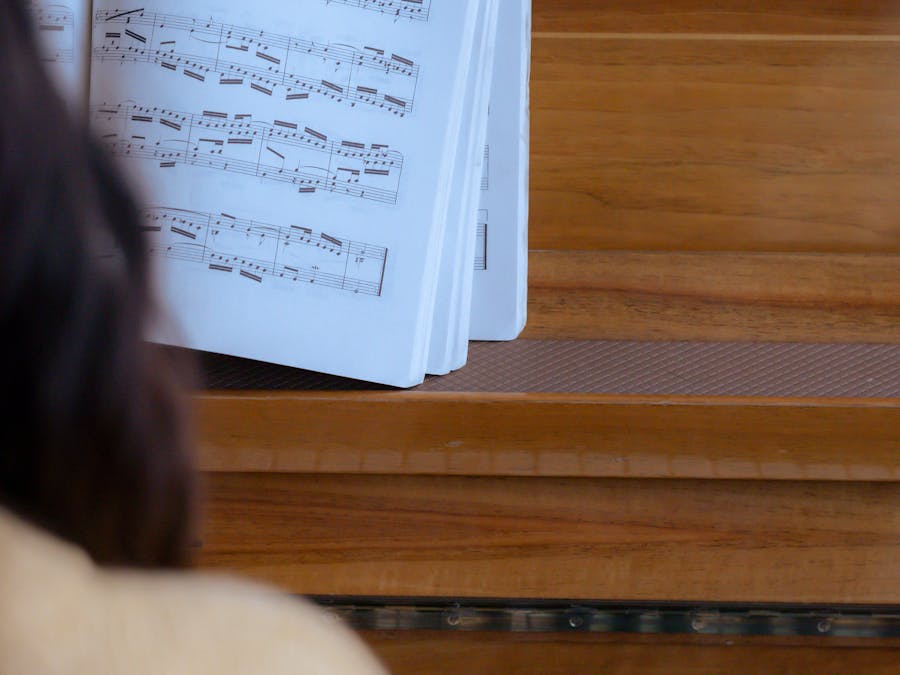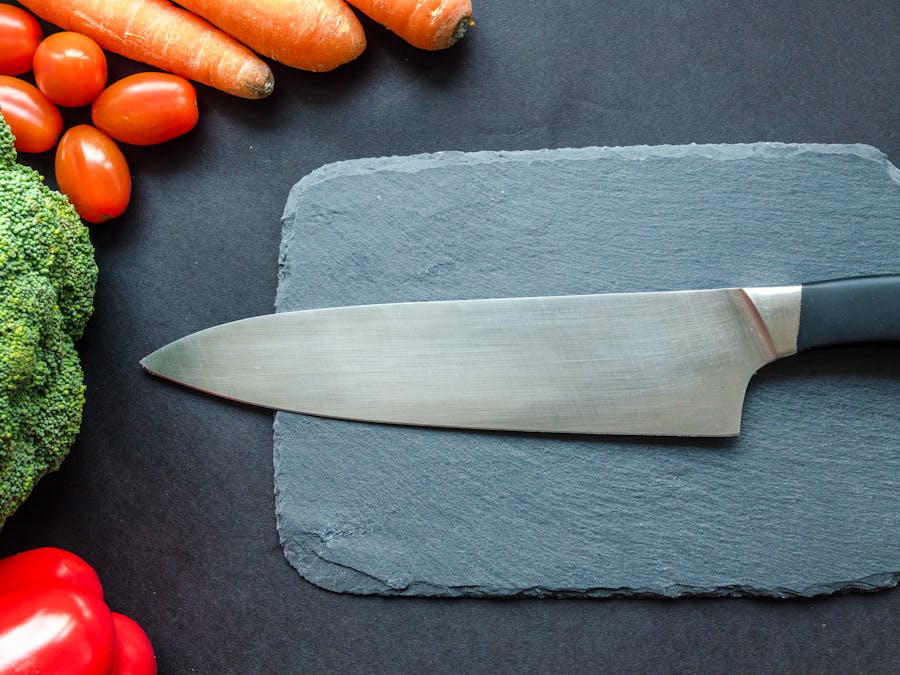 Piano Guidance
Piano Guidance
 Piano Guidance
Piano Guidance

 Photo: Charles Parker
Photo: Charles Parker
Major scales are the most common and useful to learn first on piano, followed by the natural, harmonic and melodic minors. Start with C Major as it has no sharps or flats, then G D, A and E major before starting the minors. Next, learn some pentatonic, blues and chromatic scales plus the modes.

No, you aren't too old to play music. It's an old myth. As an adult you even have many advantages over children in learning to play music. Since...
Read More »
ADVANTAGES OF PRIVATE MUSIC LESSONS Increased individual attention. In private music lessons, the student has the full attention of the instructor...
Read More »
Some guitarists tune to E Flat as a way to change the sound and feel of songs while playing the same chord and scale shapes as Standard Tuning. E...
Read More »
ABRSM grade 5 Fur Elise by Beethoven is about ABRSM grade 5 standard, or RCM Level 7. However, the opening of the piece, which is the most well-...
Read More »The next one after C would be G which has 1 black note (sharp), then D which has 2 and so on. It makes sense to learn at least G as well or up to E (4 sharps) because to this point, they all use the same finger numbers. This is helpful for learning as you can focus more on finding new shapes whilst not having to worry about getting confused with a new finger pattern at the same time. These few keys are also going to be easiest, most common and most useful to begin learning music in. You don’t have to be too rigid here though, be flexible. My suggestion would be to learn at least C and G, but then you could learn F major too if it makes sense for you (i.e you’re learning a song in F). It too only has one black note (a flat) and it’s still easier and common to learn music in F as a beginner. The right hand fingers are slightly different though this time but hands together still feels fairly similar and it’s good to expand in small steps. B major then has a slightly different left hand pattern but still feels similar to C major hands together. Learn this after you have done C to E unless you really need to learn it before. I would then begin learning the flat side (anti-clockwise) around the circle up to Gb/F#. From B flat onwards, these scales all start to feel very different under your fingers which is why it’s usually best to wait. Of course, if you really need to start these keys earlier because of other music you’re working on, then it’s not really going to cause a massive problem.

F-sharp minor is a minor scale based on F♯, consisting of the pitches F♯, G♯, A, B, C♯, D, and E.
Read More »
If you want to be a professional classical performer, you're looking at a minimum of 10 to 15 years of concentrated study with a master teacher,...
Read More »After just learning a few keys of just the natural minor though, I would then start to learn how to adjust them to create the other types of minor scales.

Here's How. A version of this piece orginally appeared on The Week. Jimi Hendrix making his guitar "talk." Dec 12, 2013
Read More »
First, you will need about 20 songs an hour. For a 4 hour party that is 80 songs, maybe 100 to be on the safe side or to have a few extra in case...
Read More »

Which musicians and singers have perfect pitch? Some of the greatest classical composers, including Mozart, Beethoven, Chopin and Handel all had...
Read More »